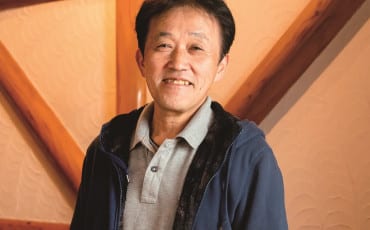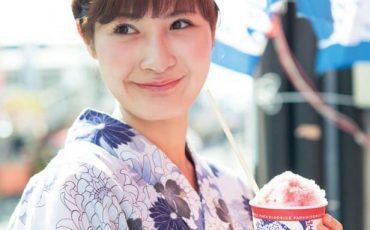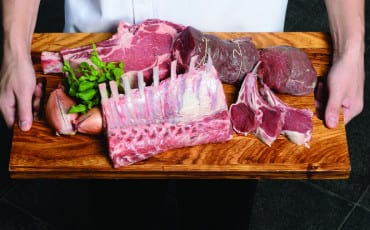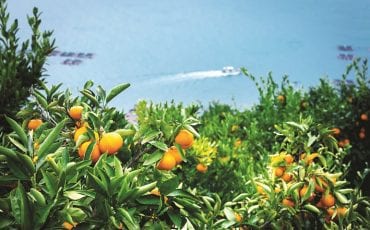Articles
Seasons
Jun 25, 2018
Celebrating Family with Dance
Take a closer look at one of Japan’s most important customs, the Obon summer festival.
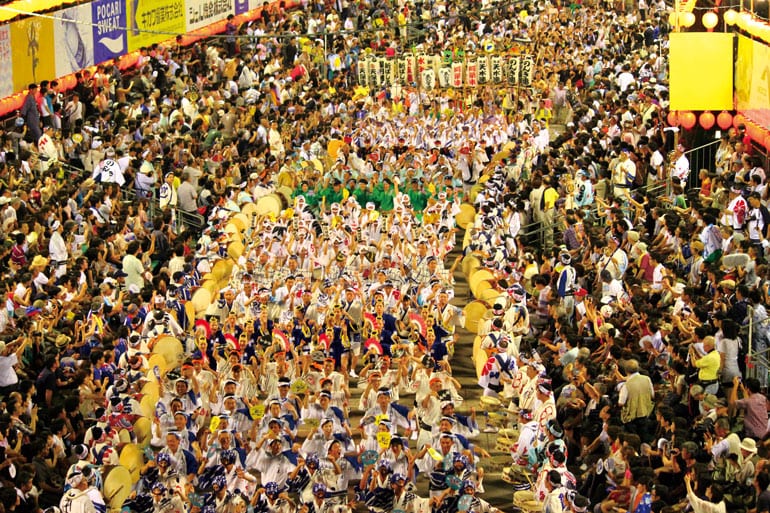
Ah, summer in Japan! When the long school holidays come around and workers go on vacation, the season is ripe for fun, festivals and, yes, lots of food despite the sticky heat. Unlike Europe, however, Japan doesn’t shut down entirely as people busy themselves with a slew of exciting community and traditional activities.
Summertime in Japan is an especially magical season for festivals, which are known as matsuri. In a riot of colours and sounds, many are held outdoors, day and night, from weekly fireworks displays to pulsing music festivals.
For many Japanese, the highlight of summer is the Obon season, which has its roots in the Chinese Hungry Ghost Festival. Held for four or five days around 15 August, the Obon festival honours the spirits of the dead that are believed to visit the earthly world during this period. Even though it is not an official national holiday, Obon is still a joyful family reunion on a massive scale as companies shut for a few days, the cities empty out and people return home to their roots.
Let’s dance
In some regions, traditional Obon folk dances known as bon odori often take place. Among the most famous is the Awa Odori Matsuri held in many cities across Japan between 12 and 15 August each year. The Koenji Awa Odori in Tokyo is especially magnetic, as the Koenji neighbourhood comes alive with over a million dancers.
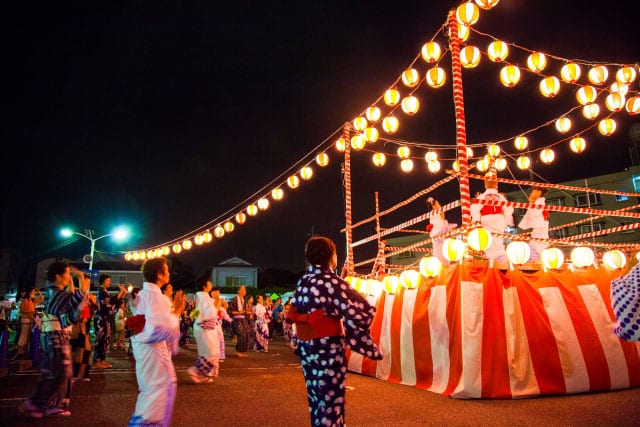
But if you want to see where it all began, head to the city of Tokushima on the southern island of Shikoku. With more than 1.3 million visitors, this is the largest and most raucous of the Awa Odori Matsuri (“awa” is the old name for the region and “odori” means dance). The locals even named their airport after it, Awa Odori Airport. Each evening during the festival, Tokushima’s city centre shuts down as thousands upon thousands of straw-hatted dancers—the women in cotton yukata robes and the men in happi (shorter yukata over shorts or pants)—take their cue. On these converted streets, groups of dancers known as ren dance to the sound of traditional drums and shamisen stringed instruments with simple yet ancient choreographed moves. Everyone is welcome to jump right in.
The season’s best
Visitors get their sustenance from the matsuri and speciality food stalls set up outside the stage areas and along both sides of the Shinmachi river. Must-tries are yakisoba (stir-fried noodles), takoyaki (octopus balls), yakitori (grilled chicken skewers) and yaki tomorokoshi (grilled corn). Cold treats such as kakigori (a shaved ice dessert similar to ice kacang—turn to page 12 to read our story!) are plentiful too. Then wash it all down with a chilled glass of ramune (Japanese soda), sake or draft beer.
With all that feasting, folk dance and family reunions, no wonder the Obon season is one of Japan’s three major holiday seasons.
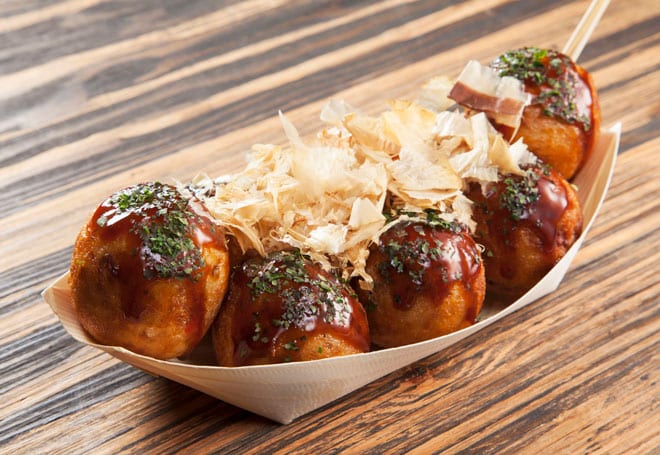
This time is also one of the country’s busiest periods for domestic travel as many people will leave the big cities at the start of the season, then return to them after the season is over.
If you can’t make it to Japan for this festive season, you’re in luck. This year, the Japanese community in Singapore is celebrating the Obon festival in a big way as the Japanese Association is organising its 30th Summer Festival 2018 in Singapore at the National Stadium. Expect the same festive vibes as in Japan with a celebratory ambience and plenty of food and sake stalls. See page 4 for more information. Enjoy!
A Postcard from Japan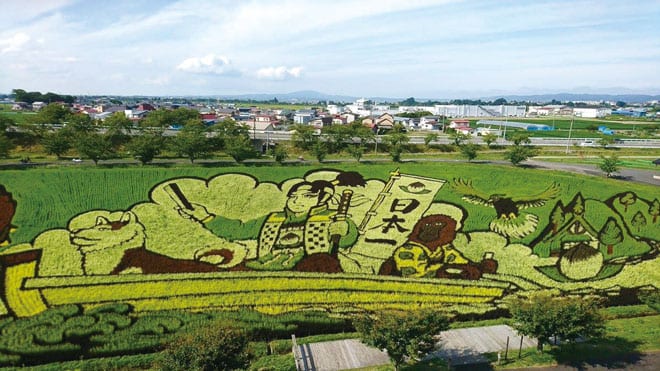
OISHII reader, James Tan shares with us his encounter with tanbo art, or rice paddy art in Aomori prefecture, Japan. “The best time to view tanbo art is mid-summer, from late July onwards, until early September. It’s truly breathtaking—see it once and you won’t want to miss it in subsequent years!”
(TEXT Denyse yeo )





